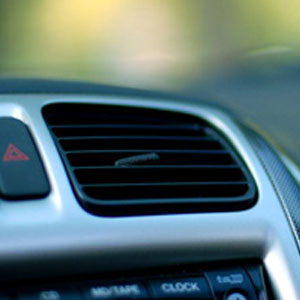
Resources
- Home
- About Air Cooling Systems
- Air Conditioner Pre Cooling System
- Air Cooling System
- Air Cooling System Design
- Air Cooling System In Automobiles
- Air Cooling System Reviews
- Air Cooling Systems FAQs
- Air Cooling Systems For Homes
- Air Cooling Systems For Offices
- Air In Cooling System Symptoms
- Car air Cooling System
- Car Air Cooling System
- Compressed Air Cooling System
- Cooling Air System
- Engine Air Cooling System
- Forced Air Cooling System
- Forced Air Heating And Cooling System
- Gas Turbine Inlet Air Cooling System
- How Do Air Cooling Systems Work
- Simple Air Cooling System
- Types Of Air Cooling Systems
- Underground Air Cooling System
- Where To Buy An Air Cooling System
Air Cooling System In Automobiles
It can be a terrible feeling driving your car on a hot summer’s day. The heat can get really bad and at times can actually become a distraction for your driving. Having the window down is no real option because you get the bad smell from outside. The air isn’t that cold and it is proven to be less fuel efficient to drive with the window down. That’s where car air conditioning comes into play and allows you to have a cool interior of the car, even with the windows right up.
How does the car engine cool itself?
The engine inside your car is actually doing all of the work to keep the car moving. Therefore you should not be surprised that the engine and surrounding parts can get very hot with use. If it runs too hot for too long, then the engine risks overheating and on a smaller scale will drastically lower the life of the engine. This means that cooling the engine is actually more important than the inside, in terms of running the car. Luckily for us built into the car engine is a reliable method for cooling, the thermostat. Basically the thermostat is attached to the engine and will allow the engine to heat up to the required running temperature (engines don’t exactly run in cold temperatures, they need some heat). Once the required temperature is met and begins to rise higher than needed the thermostat goes to work to get water to go through the radiator and do the cooling. At even higher temperatures, the thermostat is fully working and cooling liquids may be used to cool even faster.
Air cooling system for the car interior
In terms of Air cooling system in automobiles, people are generally more worried about keeping themselves cool inside of the car during summer months. This is done by the car’s air conditioner and this is quite a nifty little invention. It actually has some complex science behind it all and I will try and explain it more simply here. Basically you have a gas inside an area which is sealed tight. A compressor will provide pressure to that area to pressurise the gas inside, as this happens the gas begins to take in the heat from the air around it. Basically the gas is removing the heat and in turn produces a liquid and the cold air that blows through your vents. The liquid is removed from the car, which is why you see trails of water (or puddles) when a car is using air conditioning.
This method of air conditioning is actually more widely used than you may think, ad not only your car uses the method but these objects as well:
- Other automobiles
- Large skyscrapers
- Your House
- Even the family fridge/freezer
It’s quite surprising really how such a simple device can have so many applications in our lives.
